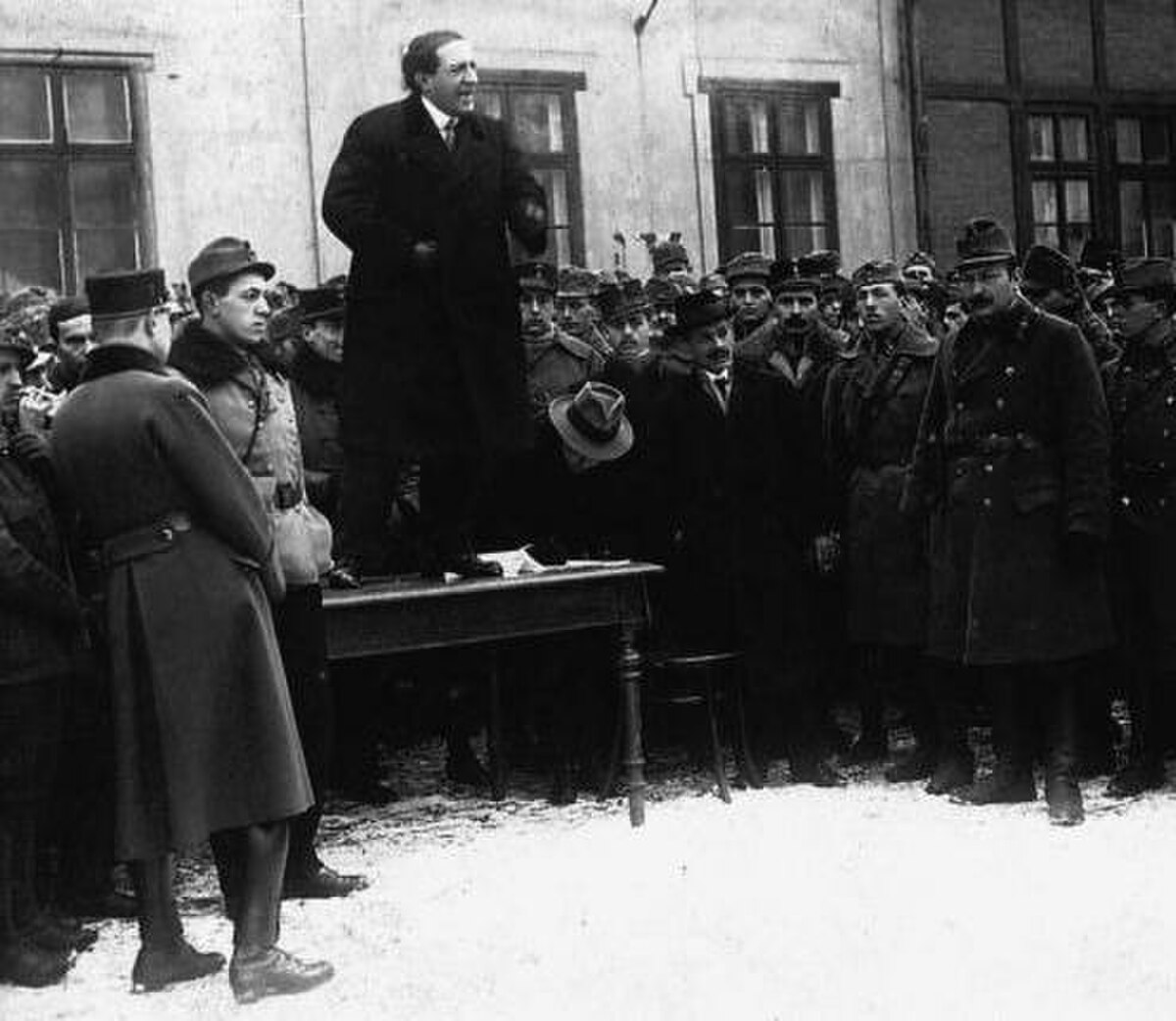
Hungary between the World Wars
HungaryThe interwar period in Hungary, spanning from 1919 to 1944, was marked by significant political and territorial changes. After World War I, the Treaty of Trianon in 1920 drastically reduced Hungary's territory and population, leading to widespread resentment. The loss of two-thirds of its territory prompted the country to align itself with Germany and Italy in an attempt to regain lost lands. Admiral Miklós Horthy's regime, which ruled from 1920 to 1944, focused on anti-communist policies and sought to forge alliances to revise the post-war settlement.
During the 1930s, Hungary progressively moved towards closer alignment with Nazi Germany and Fascist Italy. The country's foreign policy aimed to recover territories lost to neighboring states, leading to participation in the annexations of Czechoslovakia and Yugoslavia. Hungary joined the Axis Powers in World War II, which initially seemed to fulfill its territorial ambitions. However, as the war turned against the Axis, Hungary attempted to negotiate a separate peace, resulting in German occupation in 1944. The occupation led to the establishment of a puppet government, significant Jewish persecution, and further involvement in the war until the eventual occupation by Soviet forces.
